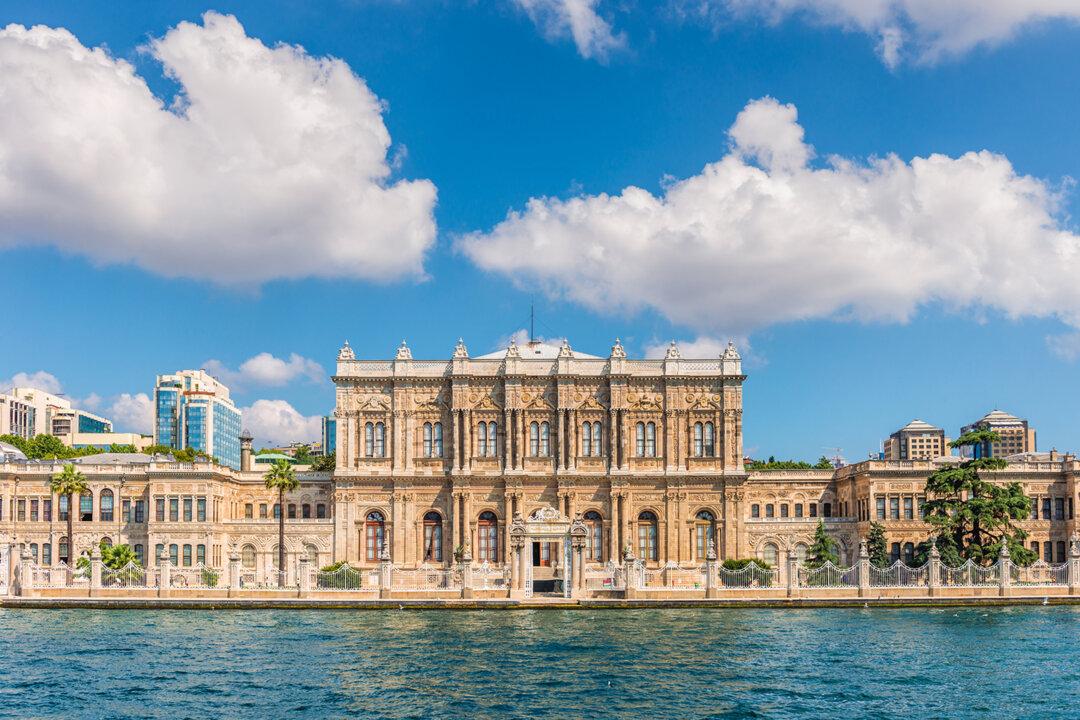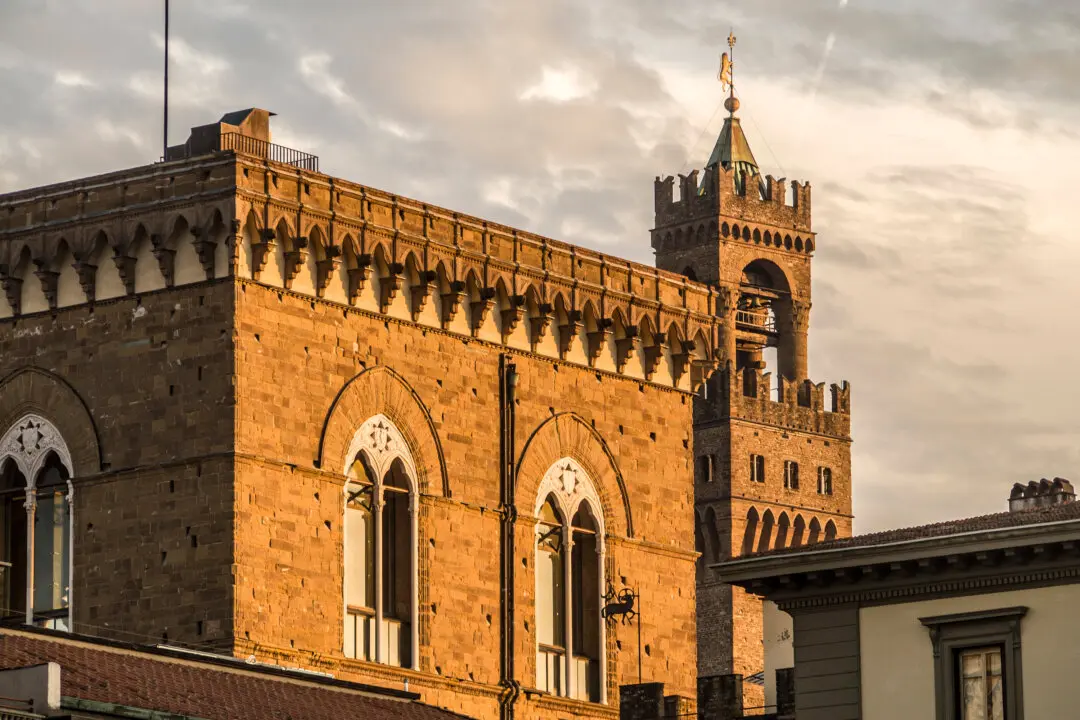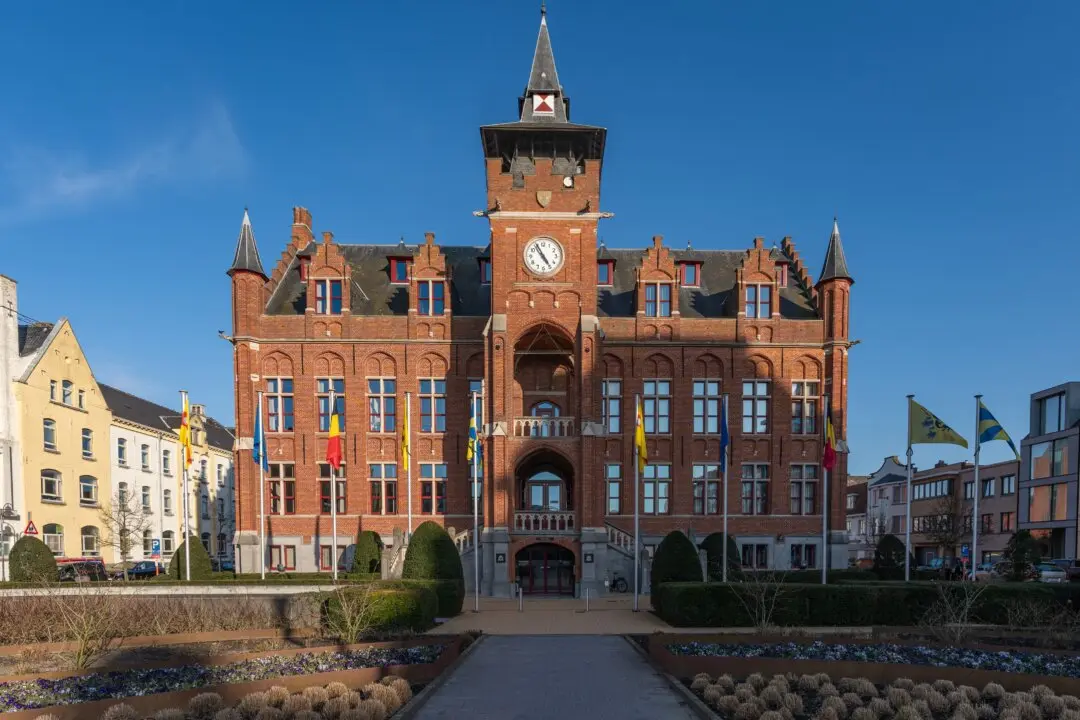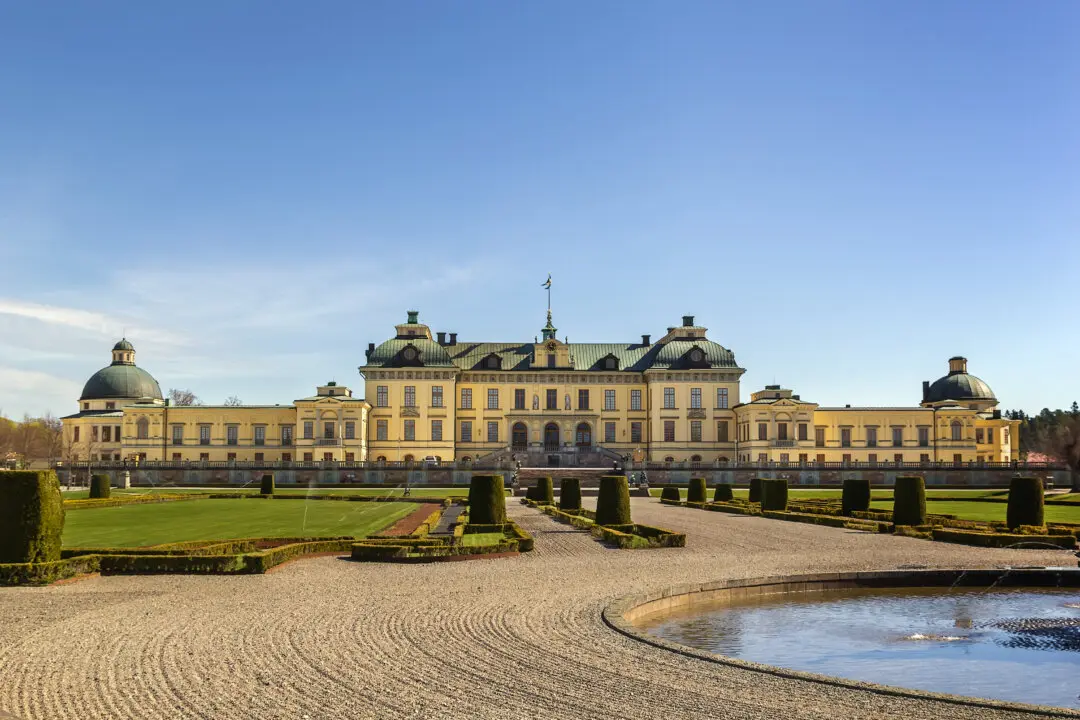Located on Istanbul’s Bosphorus Strait, Dolmabahce Palace is the largest palatial residence in Turkey. The 11-acre structure features 285 rooms, 46 halls, 68 washrooms, and six Turkish baths. The palace displays a stunning synthesis of Western and Eastern architectural designs by blending baroque, rococo, and neoclassical styles with Ottoman-era flair.
Shifting from the old-world style of the Topkapi Palace, which was the former administrative center of the Ottoman Empire, Sultan Abdulmecid I (1823–1861) hired architects Garabet Balyan and Nigogayos Balyan to design his era’s European-style dream palace. The construction of Dolmabahce Palace began in 1843 and took 13 years to complete.





